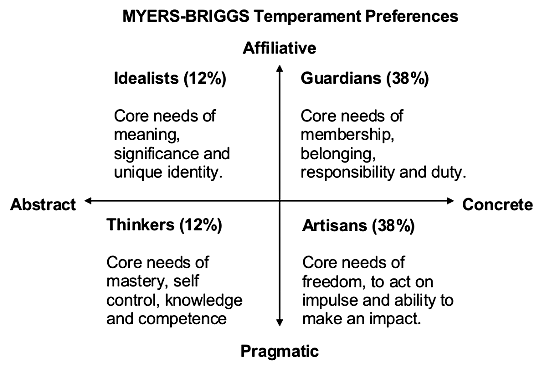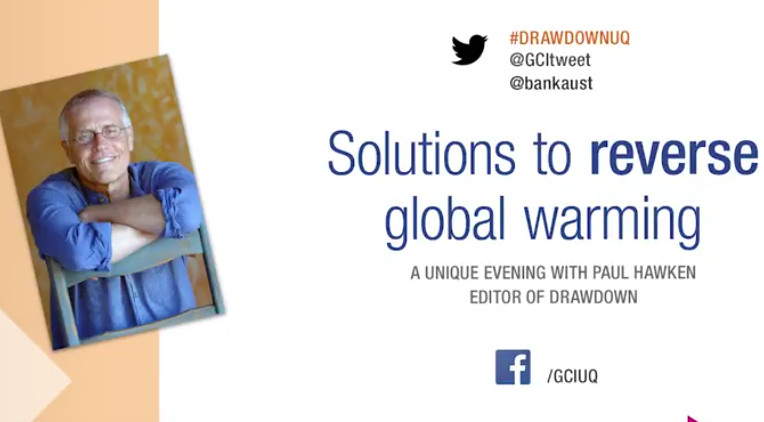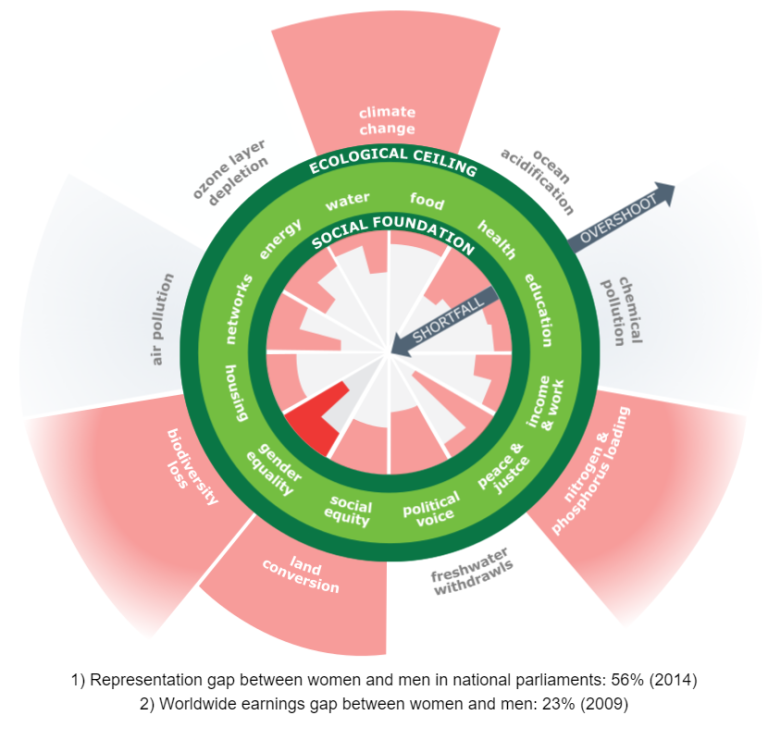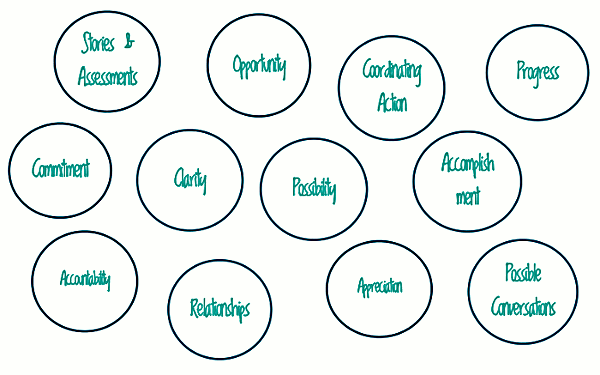Myers-Briggs insights for sustainable business change agents…
During my early coach training, I learned about the Myers-Briggs temperament preferences – it helped me understand some of my frustrations in the world and gave me some insights into how I could operate more effectively. It was like the time I found out about the basics of perspective and proportion in drawing – there were actually tools that could help me to create a better result with less frustration.

What I found out was that my feeling of being outnumbered and not understood was accurate. My preferences lie in the Idealist quadrant – and being only 12% of the population, I AM outnumbered (as are the Thinkers).
The majority of the world has different preferences – so if I want to become a more effective Sustainability Change Agent. it’s going to be helpful if I accept this reality and learn how to operate more effectively with the other 76%. It’s not that they totally DON’T care – but they do have very different priorities to mine.
Temperament preferences, needs and values…
Let’s assume that you’re in one of the minority groups and want to understand the majority better. Here are some broad-brush basics:
Guardians typically have core needs around membership/belonging and responsibility/duty. Their values cluster around things like conformity, conservation, tradition and stability.
Artisans typically have core needs around freedom to act and ability to make an impact. Their values are likely to be around things like variety, excitement, stimulation, actions and aesthetics.
Both Guardians and Artisans prefer the concrete to the abstract, so real world examples of specific technology, processes and business practices are likely to be more effective than concepts and future possibilities.
With this understanding, I can inspect my own default communication patterns and values and refine my strategies for influencing. (This is a constant work-in-progress, by the way.)
Connecting with Guardians…
If I understand that membership and belonging are important to Guardians, and that they value stability and measurement, then I can introduce them to the sound business people and the great results that they are getting delivering their traditional services (Interface still makes carpets, the UK Royal Mail still delivers mail).
I’ll look for ways to have the information come from respected contacts, too. For Guardians, the reporting and measurement programs like PUMA’s environmental P&L might be an entry point.
I WON’T talk to Guardians (at least in the initial stages) about ground-breaking new ideas, experimenting with new technologies or exploring new paradigms. I might encourage them to extend their existing waste and quality management programs to include emissions and effluent.
Connecting with Artisans…
If I understand that action and impact are important to Artisans, and that they value variety and excitement, then I can introduce them to the exciting new technologies and entrepreneurial business opportunities. I can appeal to the aesthetics of engineering excellence and the elegance and variety of designs based on biomimicry.
What I WON’T try to communicate to Artisans is obligation, scarcity or incremental efficiency.
So who do you want to influence?
Let’s get specific. Who is somebody in your immediate circle who has the authority to make a more significant, sustainable choice? Choose someone you can learn more about. It could the the Purchasing Manager in a business you know of, it could be the Maintenance Engineer in a local factory. Is there C-level operator in your circle that you could be connecting with more effectively?
If you had to make a guess at their temperament preference, what would it be? Given your interpretation of their preferences, how might you communicate differently? What message elements would you choose? What channels might you find to deliver them more effectively?
Your mission – should you choose to accept it – is to upgrade the quality of your communication. (With apologies to Mission Impossible)
More on temperament types….
The Myers-Briggs Type Indicator (MBTI) measures preferences – it’s a useful tool if you use it for understanding rather than labeling or blaming.
A great introduction to the MBTI for busy people is Linda Berens’ book “Understanding Yourself and Others. An Introduction to Temperament”. Its 35 pages are packed with visual information that’s explained in straight-forward language.
To mix scramble another TV metaphor – “Have fun out there!” Your mood is critically important to the success of your communication – but that’s another post.






